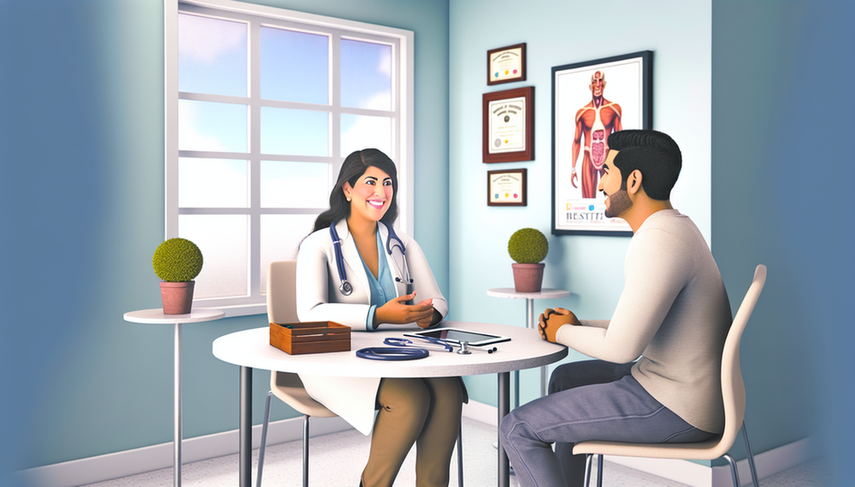Patient-Centered Care: Enhancing Patient Experience and Healthcare Efficiency for Better Clinical Outcomes

In today's medical landscape, patient-centered care has become a fundamental pillar for enhancing both the patient experience and healthcare efficiency. This approach not only aims to optimize clinical outcomes but also ensures that care is respectful and responsive to the individual preferences, needs, and values of each patient. Implementing this model requires a paradigm shift in how healthcare professionals interact with their patients, promoting open and bidirectional communication.
Diving Deeper into Patient-Centered Care
Patient-centered care involves a comprehensive approach that spans from direct interaction with the patient to the organization and planning of healthcare services. According to a study, effective communication between patients and healthcare providers is essential for a positive patient experience and for improving patient-centered care (see study). This care model is based on the active participation of patients in medical decision-making, which not only enhances patient satisfaction but can also reduce care fragmentation and improve healthcare efficiency (see analysis).
Moreover, implementing patient- and family-centered rounds has proven to be an effective strategy for improving communication and participation in medical decision-making, which in turn can increase the efficiency of rounds and provide a positive learning environment for residents and students (see study). The integration of technology also plays a crucial role in this process, allowing for more efficient access to health information and improving the accuracy of data used for clinical decision-making (see analysis).
Conclusions
The transition to patient-centered care is essential for enhancing the patient experience and healthcare efficiency. This approach not only promotes more personalized and respectful care but also optimizes clinical outcomes by actively involving patients in their own care. Adopting practices such as effective communication, the use of advanced technology, and family involvement in the care process are fundamental steps toward achieving a more efficient and patient-centered healthcare system.
References
- [1] Patients and Healthcare Providers' Perspectives on Patient Experience Factors and a Model of Patient-Centered Care Communication: A Systematic Review
- [2] Advancing Patient-Centered Care: A Nationwide Analysis of Hospital Efficiency and Morbidity Using Innovative Propensity Score Techniques
- [3] Patient- and Family-centered Rounding: A Single-site Look into the Room
Created 23/1/2025
